Message from the “Plastic Era”
On weekends, Quang Trung Street (Hoan Kiem, Hanoi) becomes more bustling than usual when there are long lines of people lining up in front of the Japan Foundation Center for Cultural Exchange - the venue for the art exhibition "Plastic Era" by internationally renowned Japanese artist Fuji Hiroshi. The exhibition is a place to display colorful dinosaur and animal assemblages, meticulously crafted from tens of thousands of plastic toys of various sizes and shapes. Among them, there are many familiar toys such as famous Japanese cartoon characters, including Doraemon, Pikachu, Hello Kitty...
The special feature of the exhibition lies in the materials, all of which are discarded plastic toys collected from all over Japan. Under the talented hands and soaring imagination of the artist, forgotten plastic toys are suddenly reborn into a new life cycle, becoming unique works of art. Therefore, “Plastic Era” is not simply an art exhibition, but also sends a strong message about the current state of plastic waste worldwide. Thereby, calling on the community to raise awareness and take practical action in protecting the environment, especially reducing plastic waste.
Speaking of inspiration, artist Fuji Hiroshi - who is known for his creative use of recycled materials - said that during the implementation of the project "Kaekko Bazar" - a toy exchange platform, he collected more than 50,000 plastic toys from children. Realizing the sharp increase in plastic waste and its negative impact on the environment. The artist, with the desire to raise public awareness, began a journey to turn discarded items into works of art, conveying messages about environmental protection and consumer responsibility.
 |
Rebirth Workshop - a unique project in Hoi An. (Photo: Nguyen Quoc Dan) |
According to artist Fuji Hiroshi, “The Plastic Age” is the strong connection between plastic, a common material used to make toys, and fossil fuels that originated from prehistoric life, including dinosaurs. Through this special connection, he encourages viewers to reflect on the role of plastic in our lives and its impact on the planet. “The huge amount of waste we produce has always existed, just hidden from view. Through my work, I want to make this “invisible” problem so huge that it cannot be ignored, so that viewers stop and think,” Fuji Hiroshi shared.
With an impressive visual experience and meaningful message, the exhibition attracted a large audience, especially young people, to visit and experience. H.Giang (24 years old, Hanoi) returned to the exhibition for the second time with the desire to admire the works in detail. “The first time I came to the exhibition, I was overwhelmed by the creativity of the artist. From seemingly useless plastic toys, they can become vivid works of art. The second time, I returned with the desire to look more closely at each detail and feel more clearly the message the author wanted to convey,” H.Giang shared.
Not only Giang, many young people also came to the exhibition to enjoy the art and learn about the impact of plastic waste on the environment. In particular, because it is an exhibition about toys, in addition to adults, the exhibition also had the appearance of many children brought by their parents to visit. This is also the intention that artist Fuji Hiroshi inserted in this project, according to him: "Children may not be fully aware of the negative impact of plastic on the environment, but I hope that through this exhibition, they will understand more clearly about the problem of pollution and form an awareness of environmental protection from an early age."
The art exhibition “Plastic Era” is a powerful reminder of sustainable living. Through an intimate and artistic approach, the message from artist Fuji Hiroshi’s works has “touched” the community, encouraging people to change their consumption habits to reduce plastic waste and work together for a green, clean, and sustainable environment.
Affirming the flow of recycled art
Before the “Plastic Era” art exhibition, the Vietnamese public had many times admired recycled artworks in many diverse and unique forms of expression. For example, the Rebirth Workshop by artist Nguyen Quoc Dan, which is considered one of the unique creative works in Hoi An. It is called the Rebirth Workshop because this is a work built entirely from scrap metal with a particularly impressive design.
Every detail, from the gate to the bags, tables, chairs, lanterns, art statues... are all recycled from discarded items such as barrels, aluminum basins, mannequins, bottles, old nets... Not only does it simply bring a new look to waste, this place also depicts stories about life, environment, culture, conveying a strong message about recycling and sustainable living. It is also because of this special design that the Rebirth Workshop has become a destination for many domestic and foreign tourists, art lovers and those who care about the environment.
In addition, the art of recycling also appears in music. Three weeks ago, the art program "Flowers and Trash" touched the hearts of many art and environmental lovers when it took the theme of the earth's heavily polluted environment. The music night cleverly sent many meaningful messages to the public through the chapters: Homeland Love, Scatter and Pick, Colorful Environment, Flowers and Trash. Each chapter in the music night impressed with the participation of famous songs by musician Tran Tien, the late musician Trinh Cong Son, Van Cao, Pham Duy such as First Spring, Nostalgic Love, Color, The Days of Love Are Tan Theo, Our Love is a Waterfall... Notably, the props used in the program were all made from scrap, creating a creative highlight and strongly conveying the program's message.
 |
Art exhibition “Plastic Era”. (Photo: PV) |
“Flowers and Trash” is not only an art program, but also a common call for a green, clean and sustainable living environment for the community at home and abroad. Previously, “Flowers and Trash” was successfully performed at Trinh Cong Son Hall of Van Lang University with more than 2,000 audiences on October 10, 2024 and at Song Huong Theater, Hue on two nights December 14-15, 2024.
As for painting, in April 2024, the painting exhibition “Touch a Flower” was held with the gathering of more than 30 artists from all over the country, sharing the same aspiration to protect the environment through art. The painting exhibition honors creativity, as well as spreads the message about the meaning of using recycled materials in painting. Instead of regular canvases, the artists used scraps of fabric to create colorful works, contributing to reducing waste from the textile industry.
The exhibition “Touch a Flower” introduces 30 unique paintings, each of which is a multi-dimensional perspective on art and the environment, meticulously presented on canvas frames made from scraps of fabric. Not only possessing aesthetic value, the paintings also reflect the distinct artistic personalities of the young generation of Gen Z artists, creating a creative and meaningful exhibition space.
It can be seen that with the diversity in forms of expression, from painting, sculpture, architecture to music, each type brings the public deeper insights into the relationship between art and the environment. The works do not stop at aesthetic value but also evoke thoughts about human responsibility towards nature, promoting environmental protection awareness through a sustainable lifestyle. Thereby, the recycled art stream gradually affirms its position as a global creative trend, reflecting the trend of sustainable development in contemporary art.
Source: https://baophapluat.vn/nghe-thuat-tai-che-hoi-tho-moi-tu-nhung-dieu-cu-post543816.html









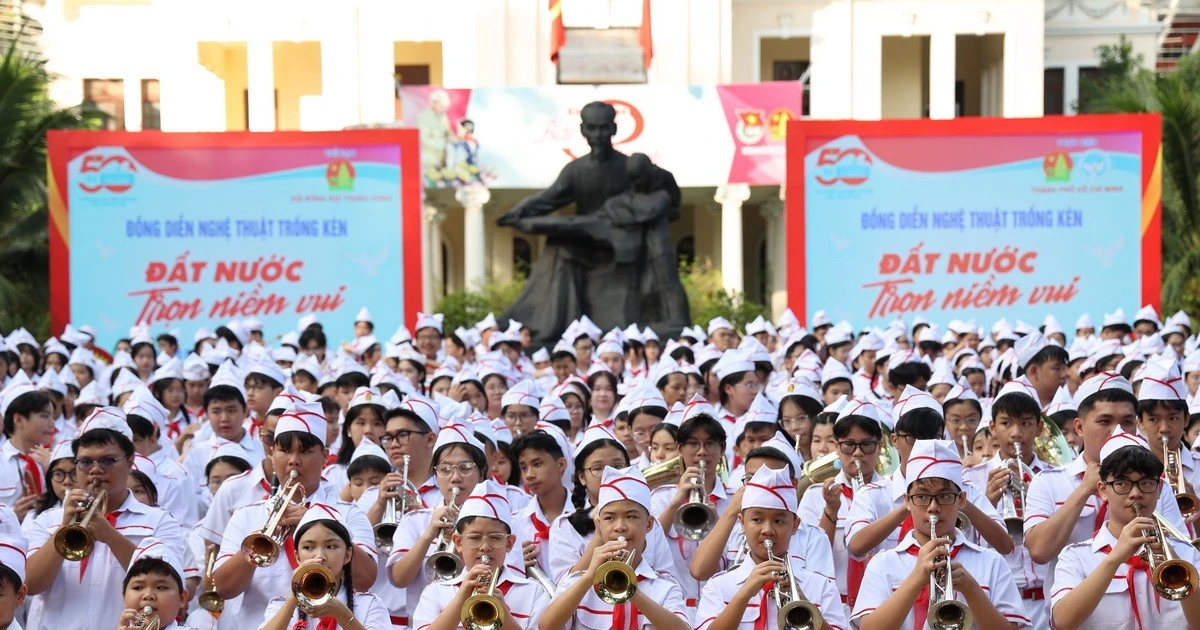
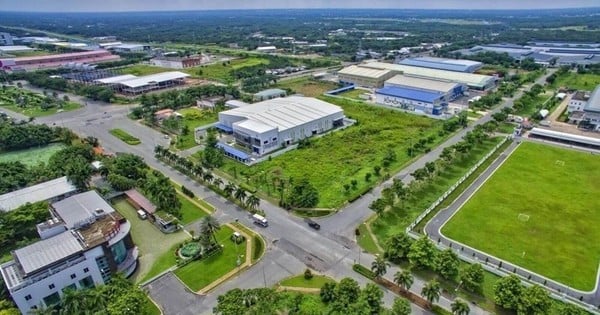

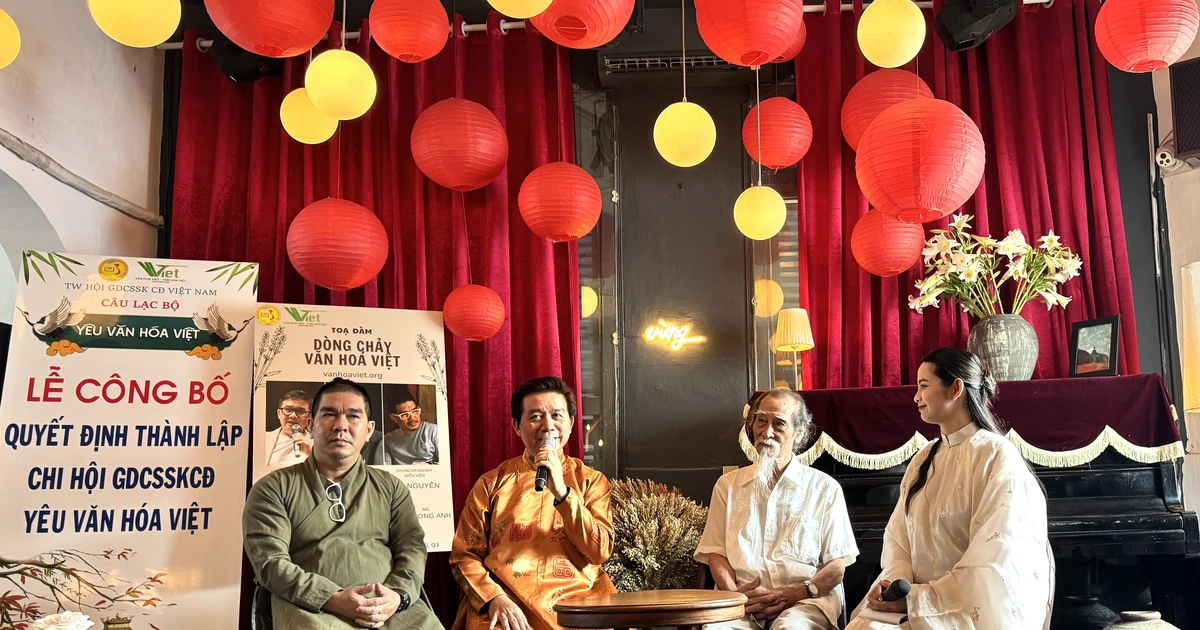
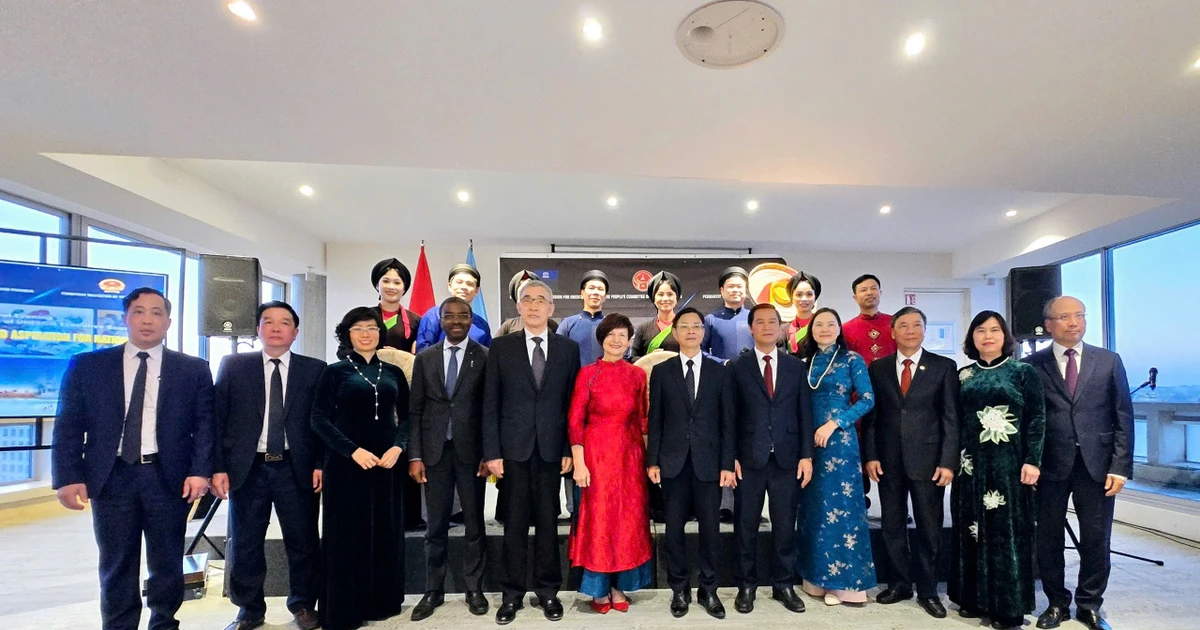


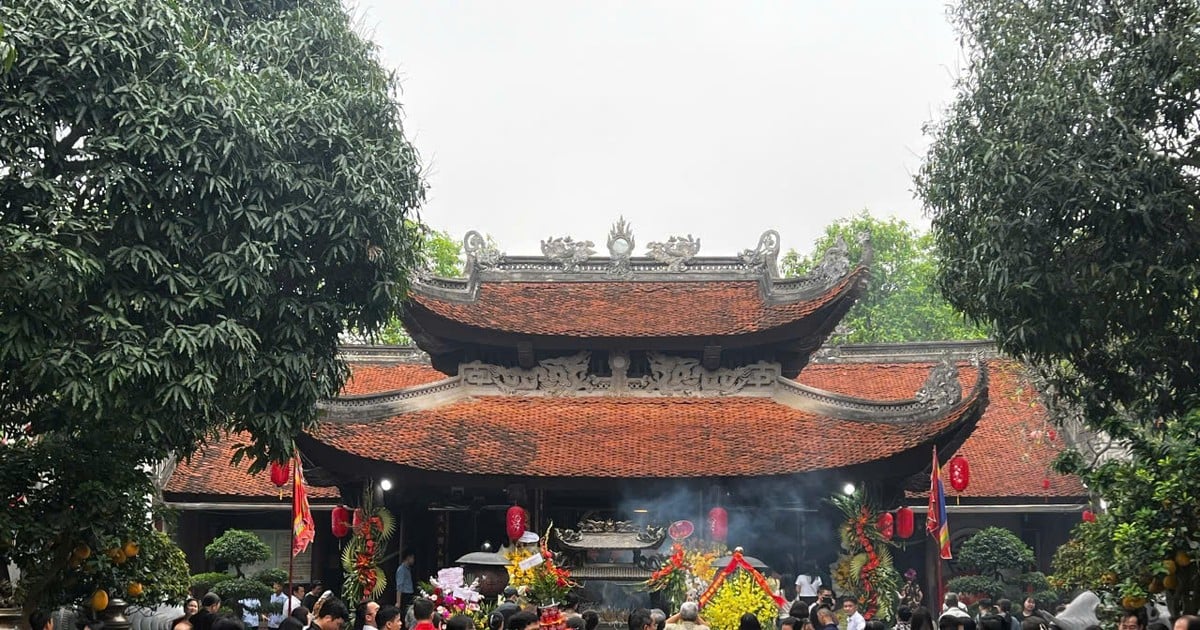

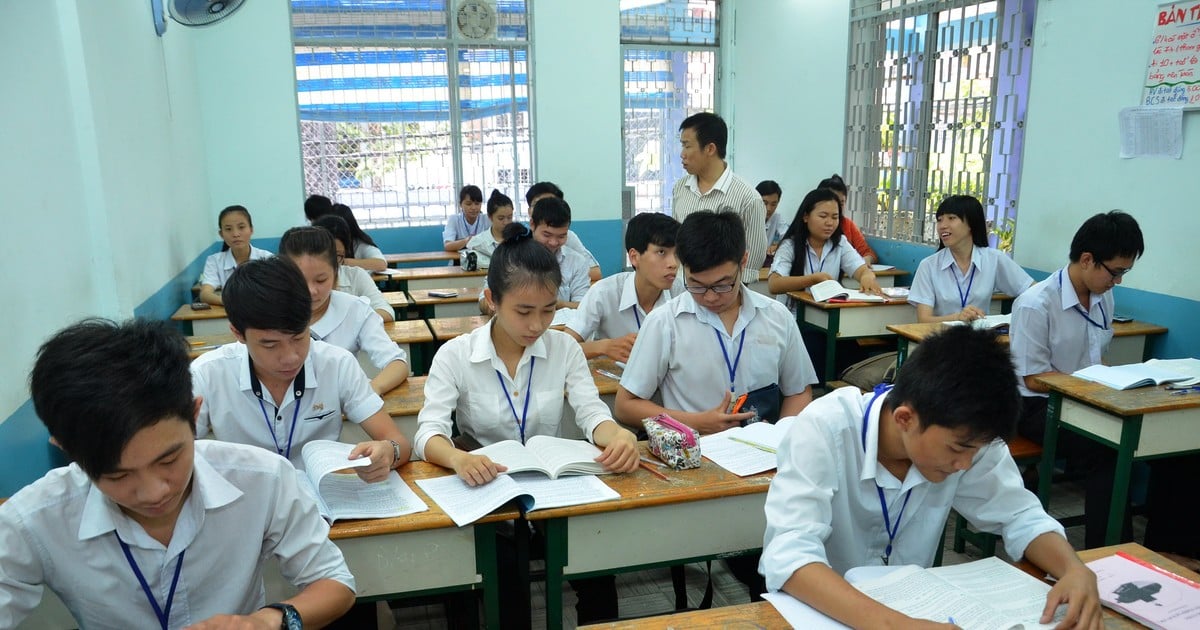
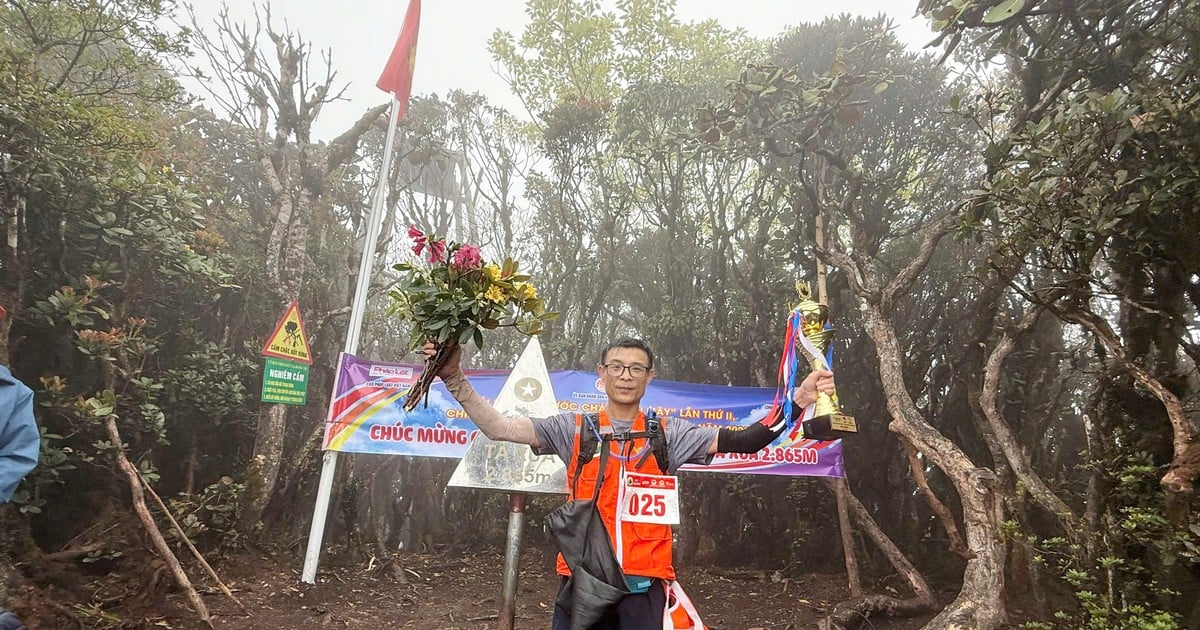
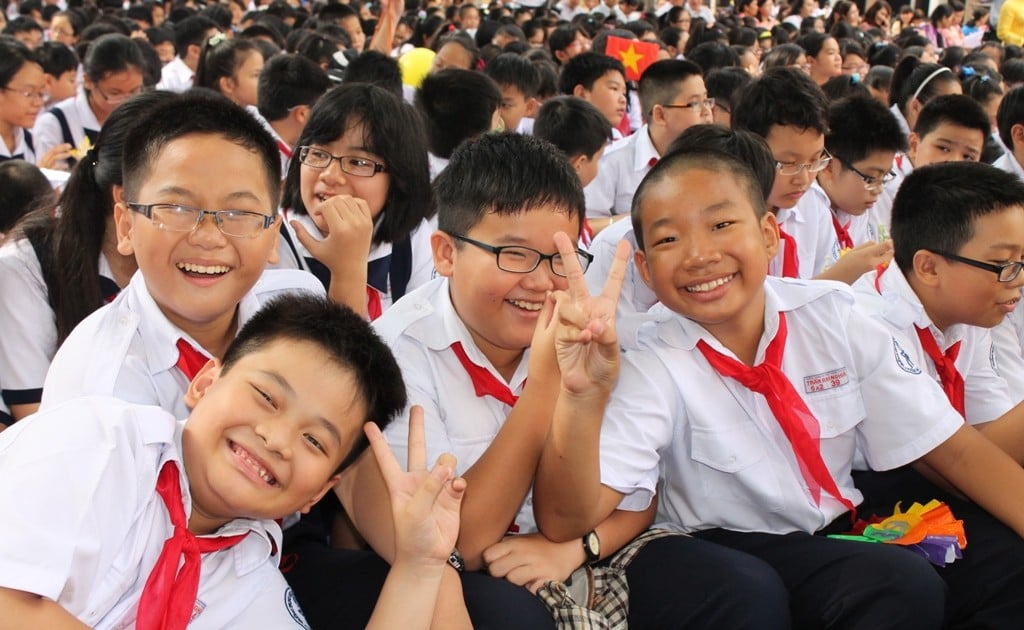
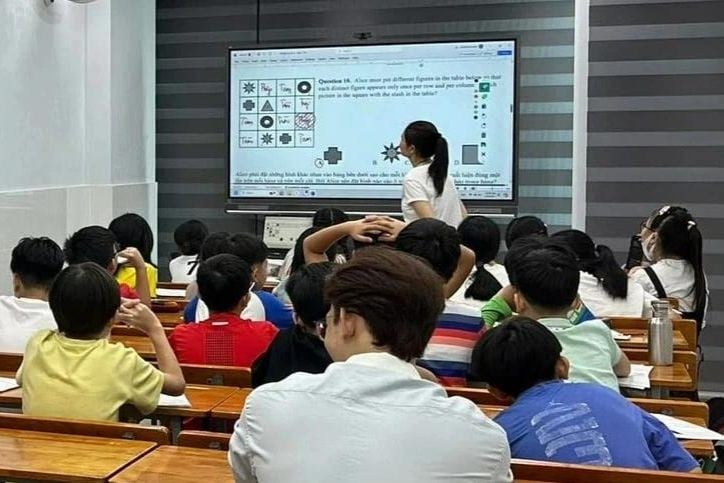
![[Photo] "Beauties" participate in the parade rehearsal at Bien Hoa airport](https://vstatic.vietnam.vn/vietnam/resource/IMAGE/2025/4/11/155502af3384431e918de0e2e585d13a)


































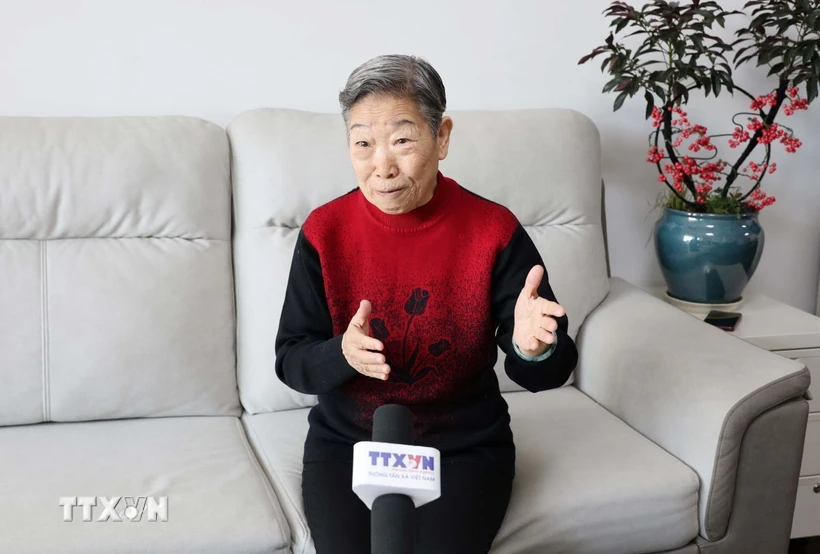











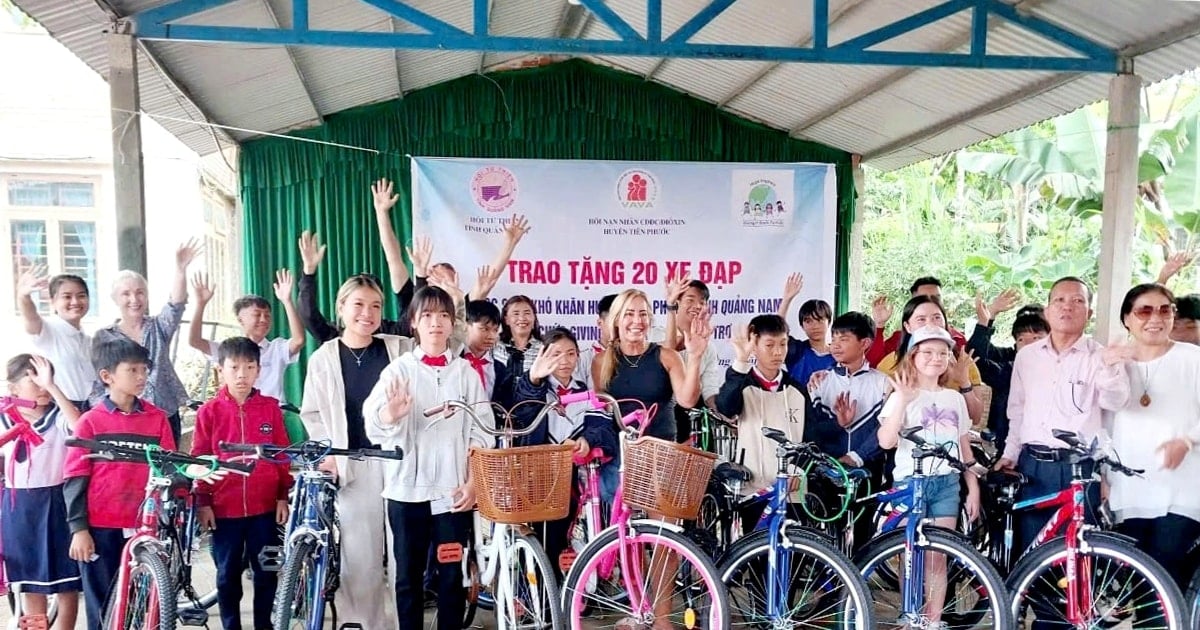

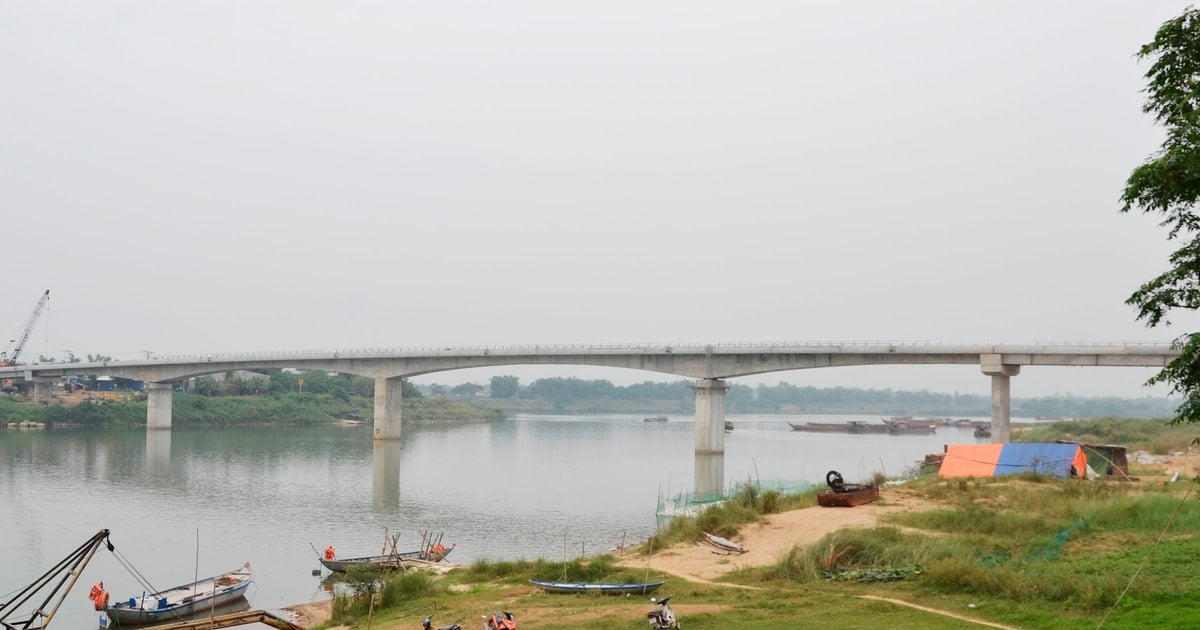
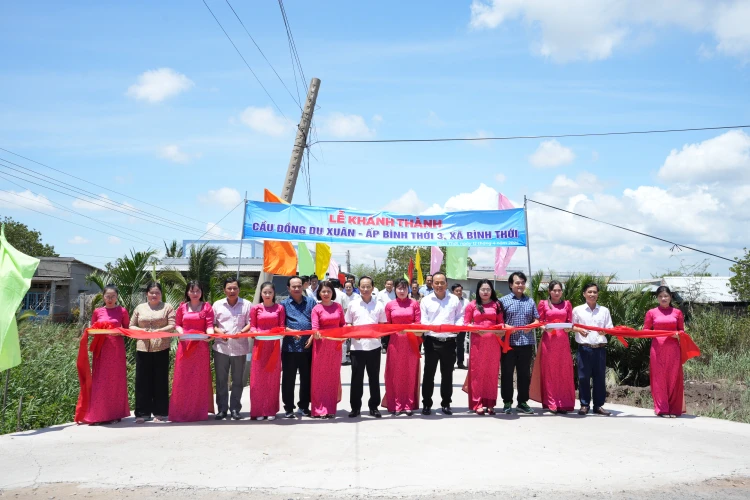

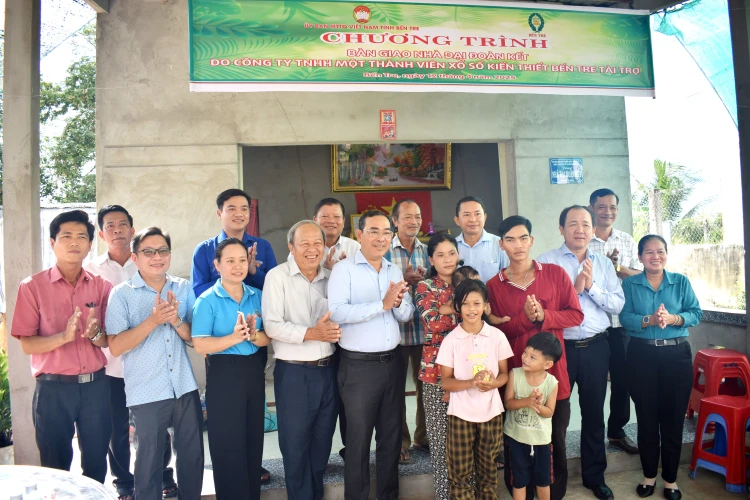
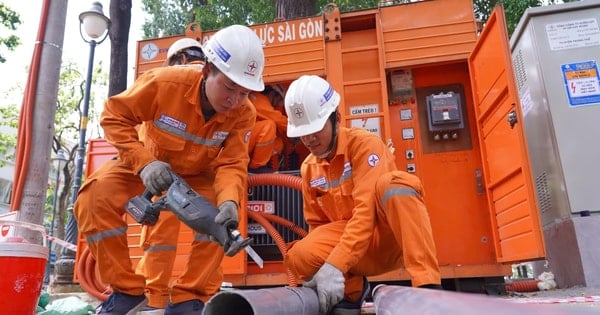

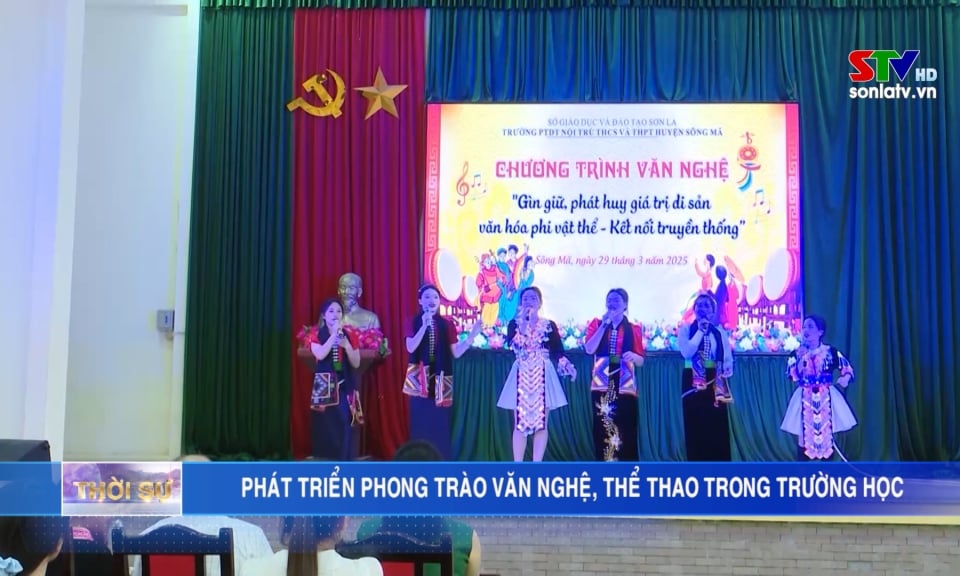











Comment (0)